Introduction to Chess Piece Movements
Chess, a game of strategy and tactics, involves two opponents competing with the aim of checkmating the opponent's king. Understanding the movement of each chess piece is fundamental to playing the game effectively. Each piece has unique movement patterns and roles, which contribute to the richness and complexity of chess.
The Chess Pieces and Their Movements
Chess consists of six different types of pieces. Each type moves in a distinct way, and understanding these movements is crucial for strategic planning and execution.
The King
The king is the most important piece in chess, and the entire game revolves around its safety. The king moves one square in any direction: horizontally, vertically, or diagonally. Although the king has limited movement, its safety dictates the overall strategy. An essential move involving the king is castling, a protective strategy that also develops one of the rooks.
The Queen
The queen is the most powerful piece on the board due to her range of movement. She combines the power of the rook and bishop, moving any number of squares horizontally, vertically, or diagonally. Her flexibility allows her to control a wide array of territories and exert influence across the board.
The Rook
The rook moves any number of squares along a row or column. Rooks are particularly powerful pieces in the endgame and when they are connected or coordinating with each other on open lines.
The Bishop
Each player begins with two bishops, each starting on a different color square. A bishop moves diagonally any number of squares and remains on the same color square throughout the game. This limitation explains the chess saying that bishops operate on different colors.
The Knight
The knight has a unique L-shaped movement — two squares in one direction and then one square perpendicular, or one square in one direction followed by two squares perpendicular. Knights can jump over other pieces, which makes them particularly versatile in crowded positions. Their movement allows them to attack targets that might be unreachable by other pieces.
The Pawn
Pawns have the most complex rules of movement. They move forward one square, but capture diagonally one square. On its initial move, a pawn can choose to move forward two squares. Pawns have a special move called en passant that occurs immediately after an opponent moves a pawn two squares forward from its original position and ends adjacent to the player's pawn. Moreover, when a pawn reaches the opposite end of the board, it can be promoted to any other piece, typically a queen.
Special Chess Moves
Beyond regular movements, some special rules alter the dynamics of the game significantly.
Castling
This move involves the king and one of the rooks. It's the only move where a player can move two pieces simultaneously. Castling is performed under specific conditions to safeguard the king and activate the rook. The player moves the king two squares towards the rook, and then the rook moves to the square over which the king crossed.
En Passant
En passant (in passing in French) allows a pawn to capture an opponent's pawn that has moved two squares forward from its original position, bypassing the first pawn’s attack square. This capture can only occur immediately after the opponent moves the pawn.
Conclusion
Understanding the movements of each chess piece is crucial for anyone looking to improve their chess game. Mastery of these basic fundamentals sets the stage for developing advanced strategies and tactical maneuvers. Whether you are a beginner or an experienced player, revisiting these principles can help sharpen your gameplay and appreciation for the intricate design of chess.
Explore our large collection of luxurious chess sets!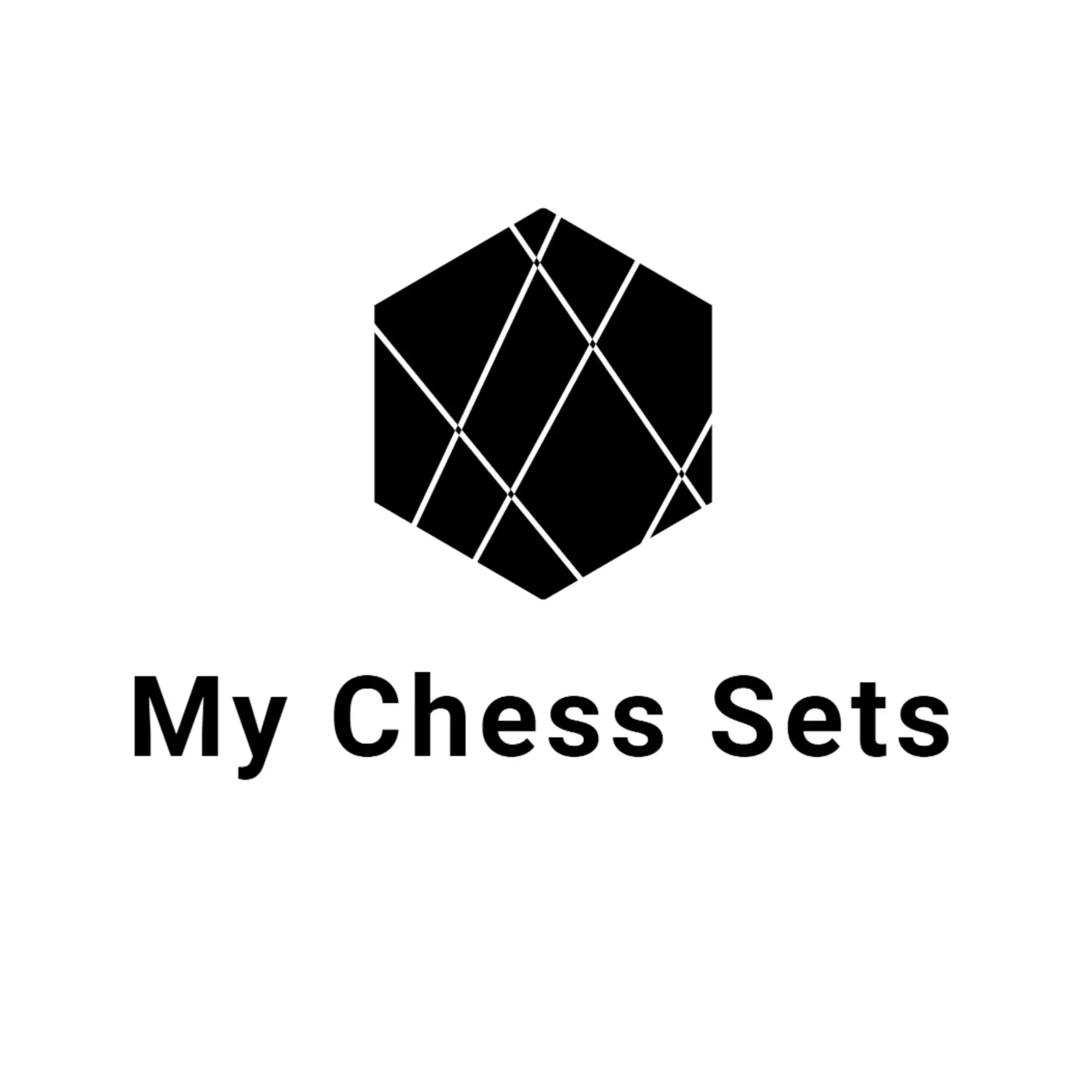

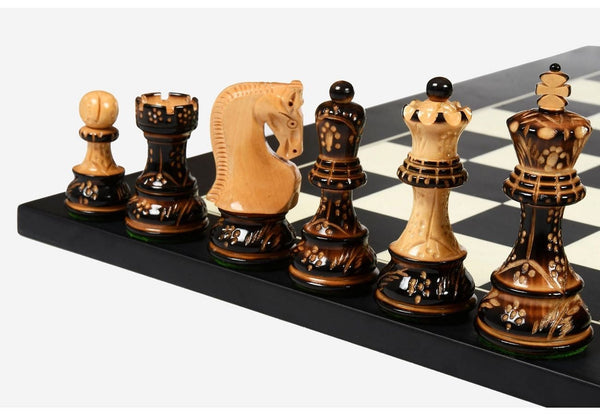

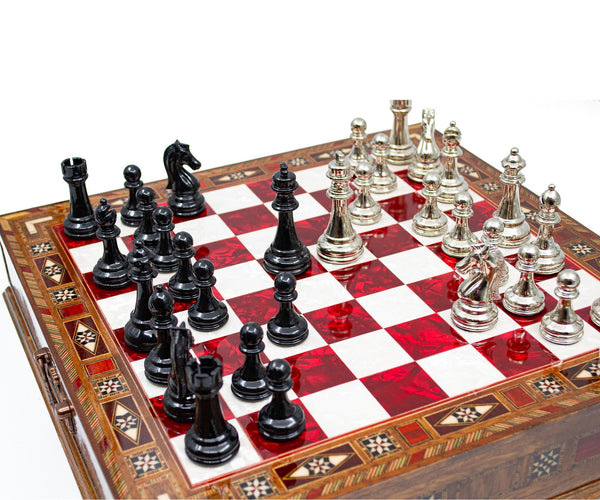
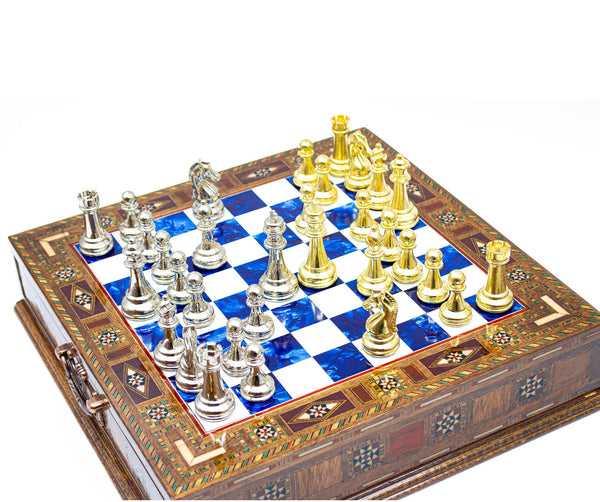
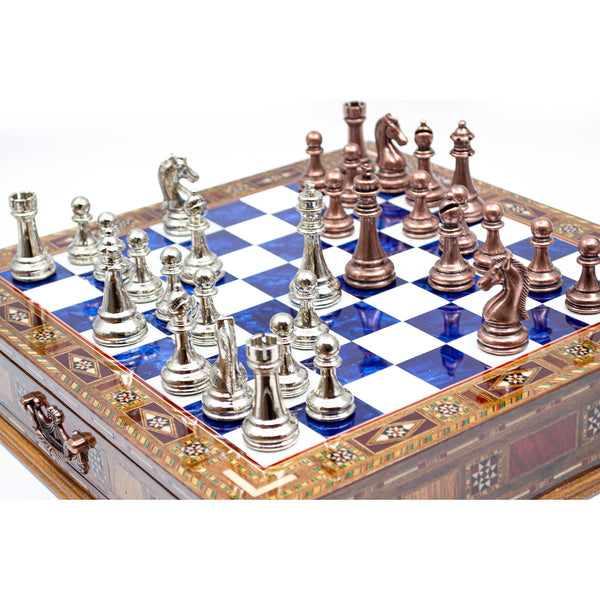
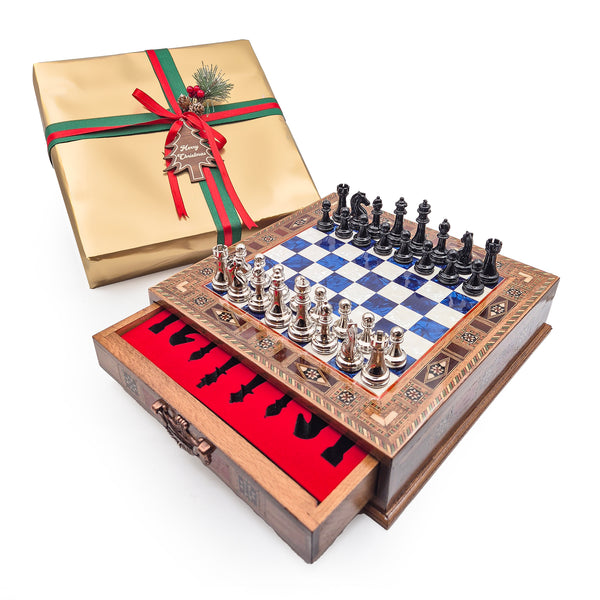
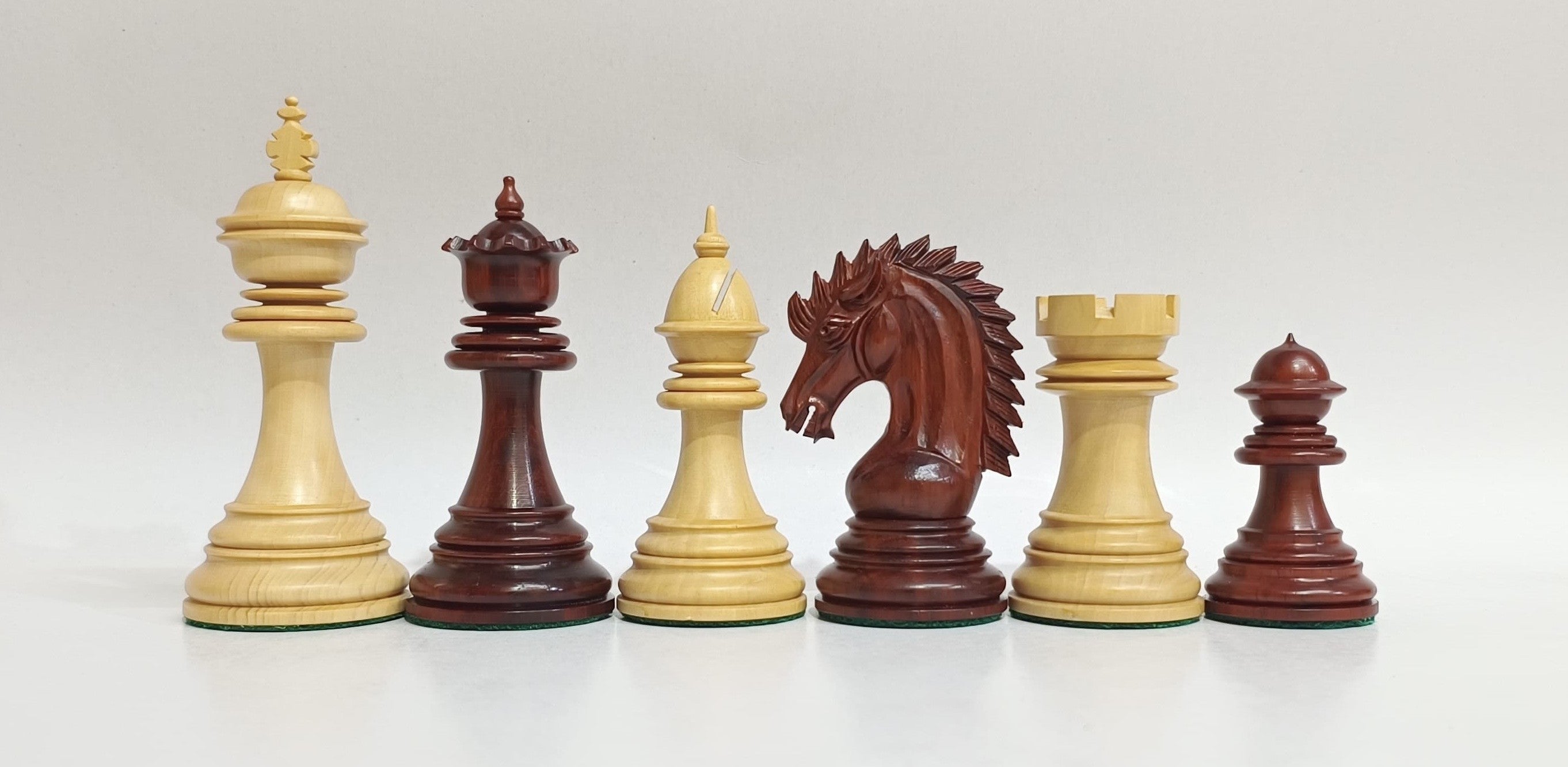
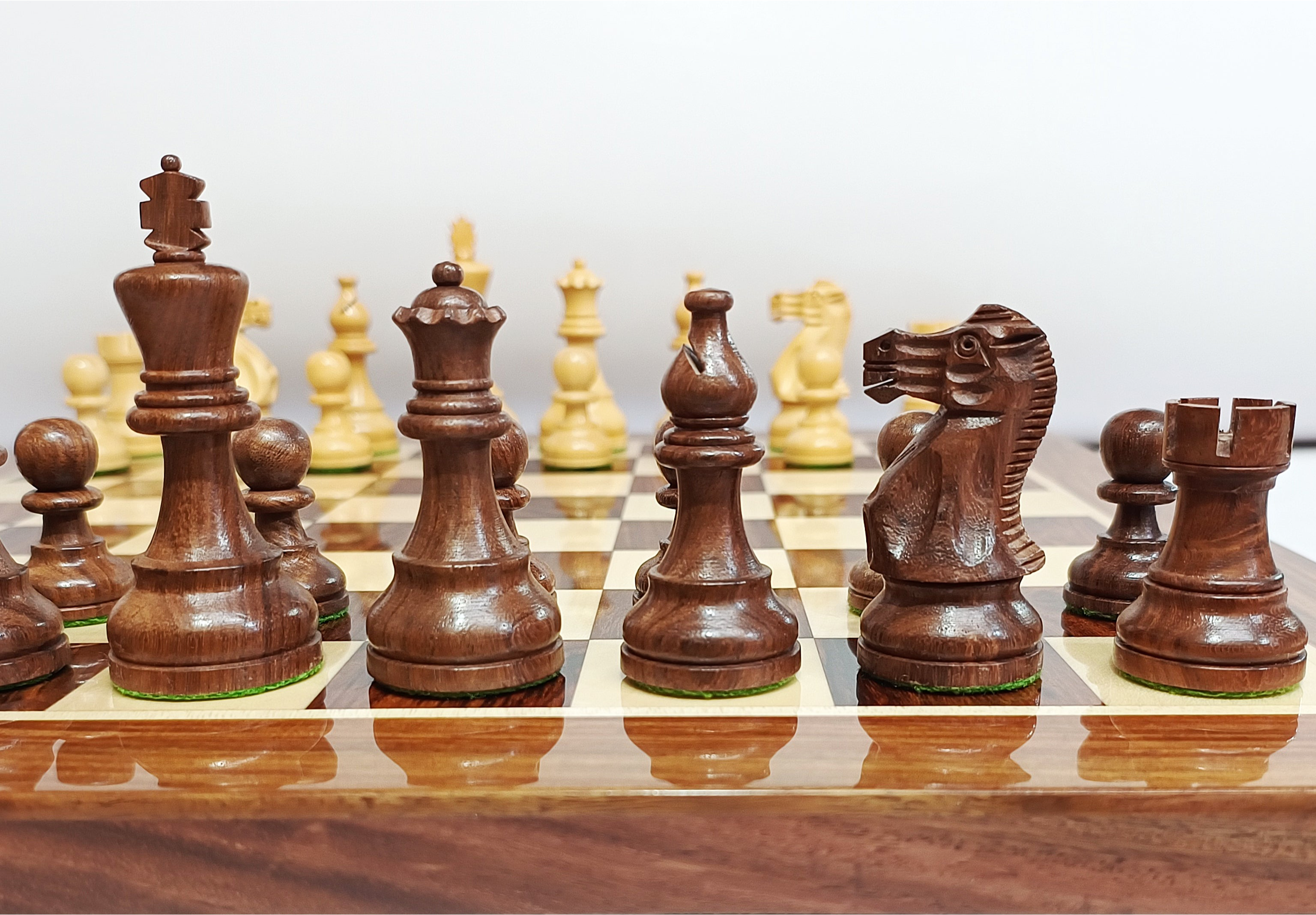

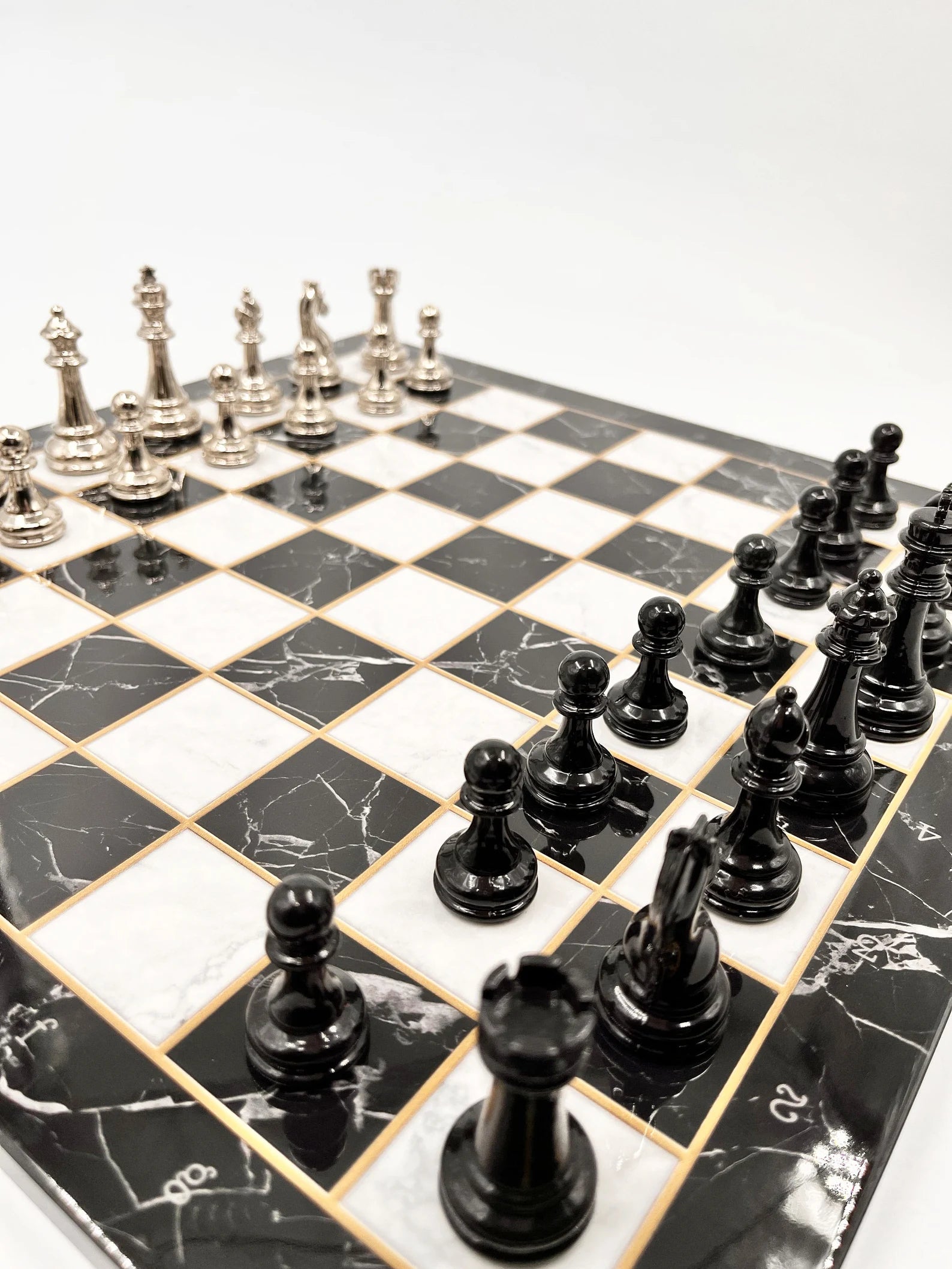
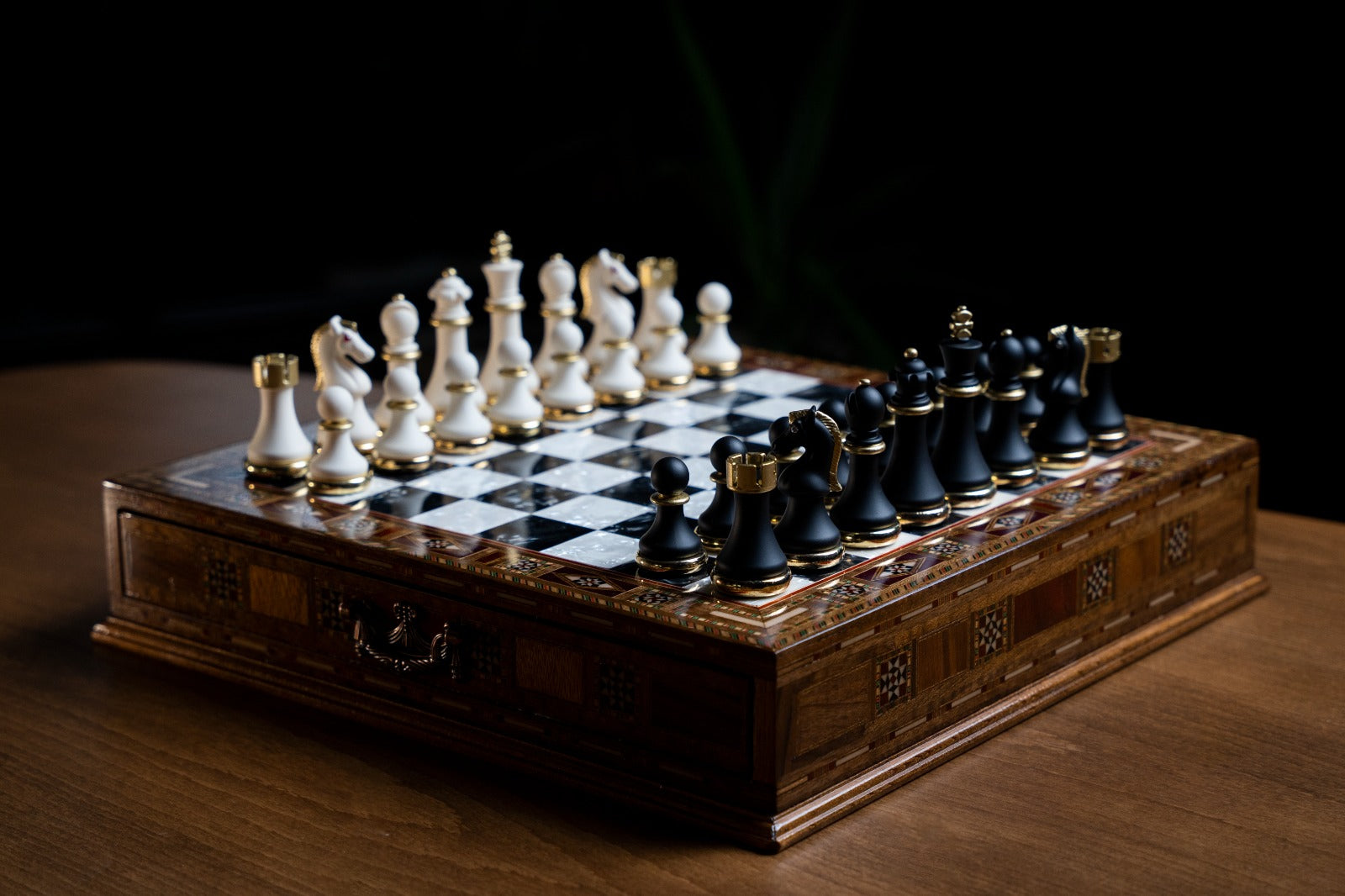

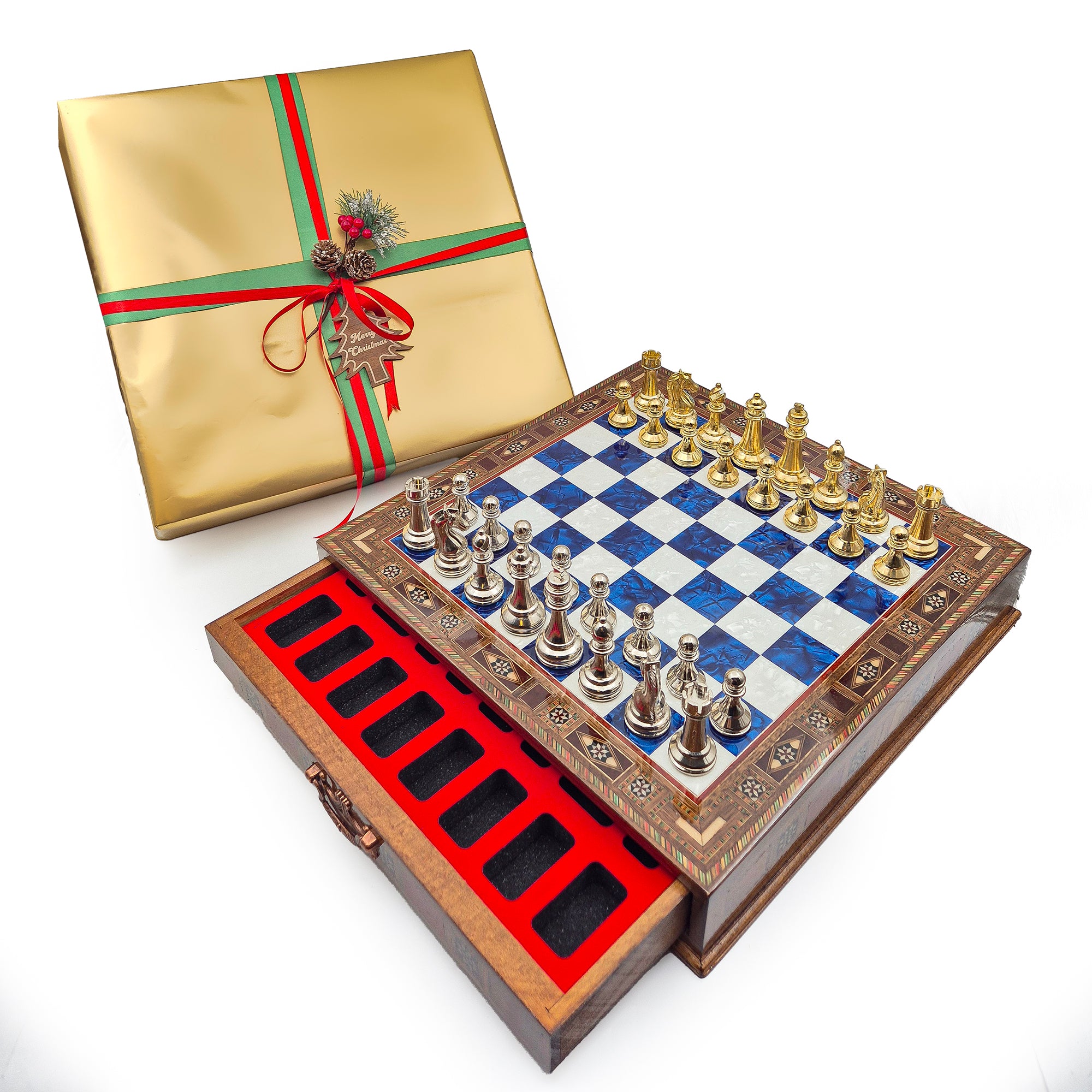

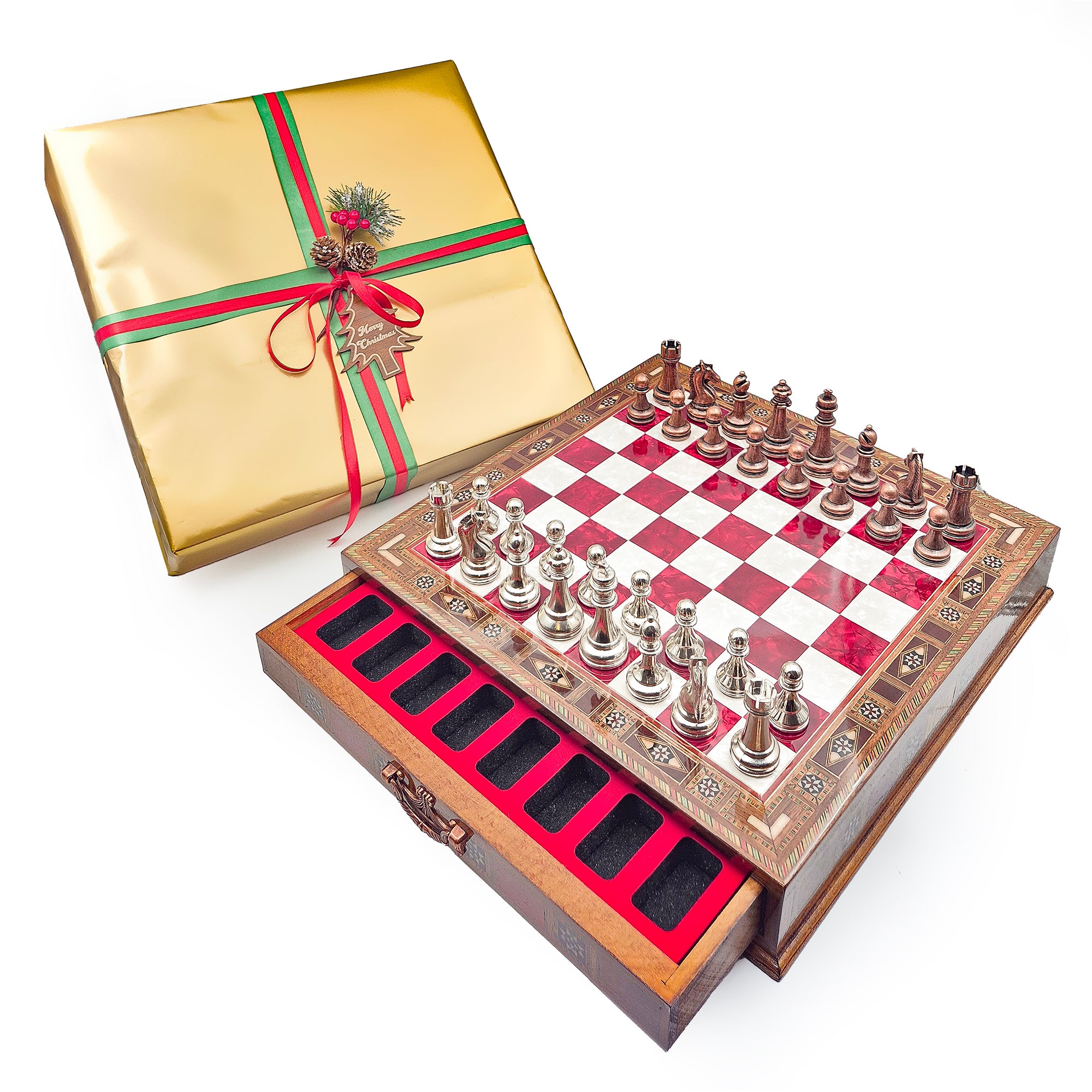
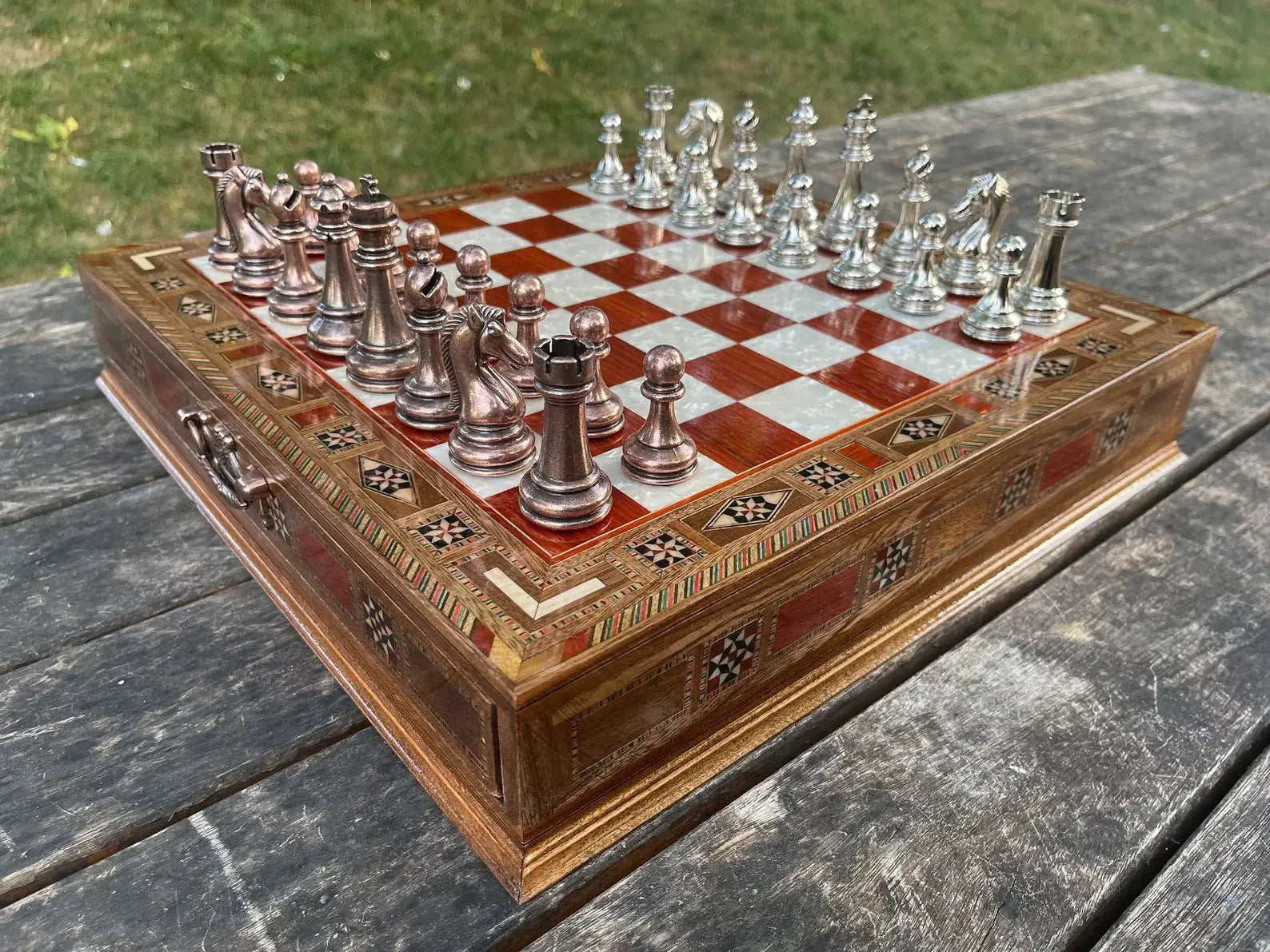
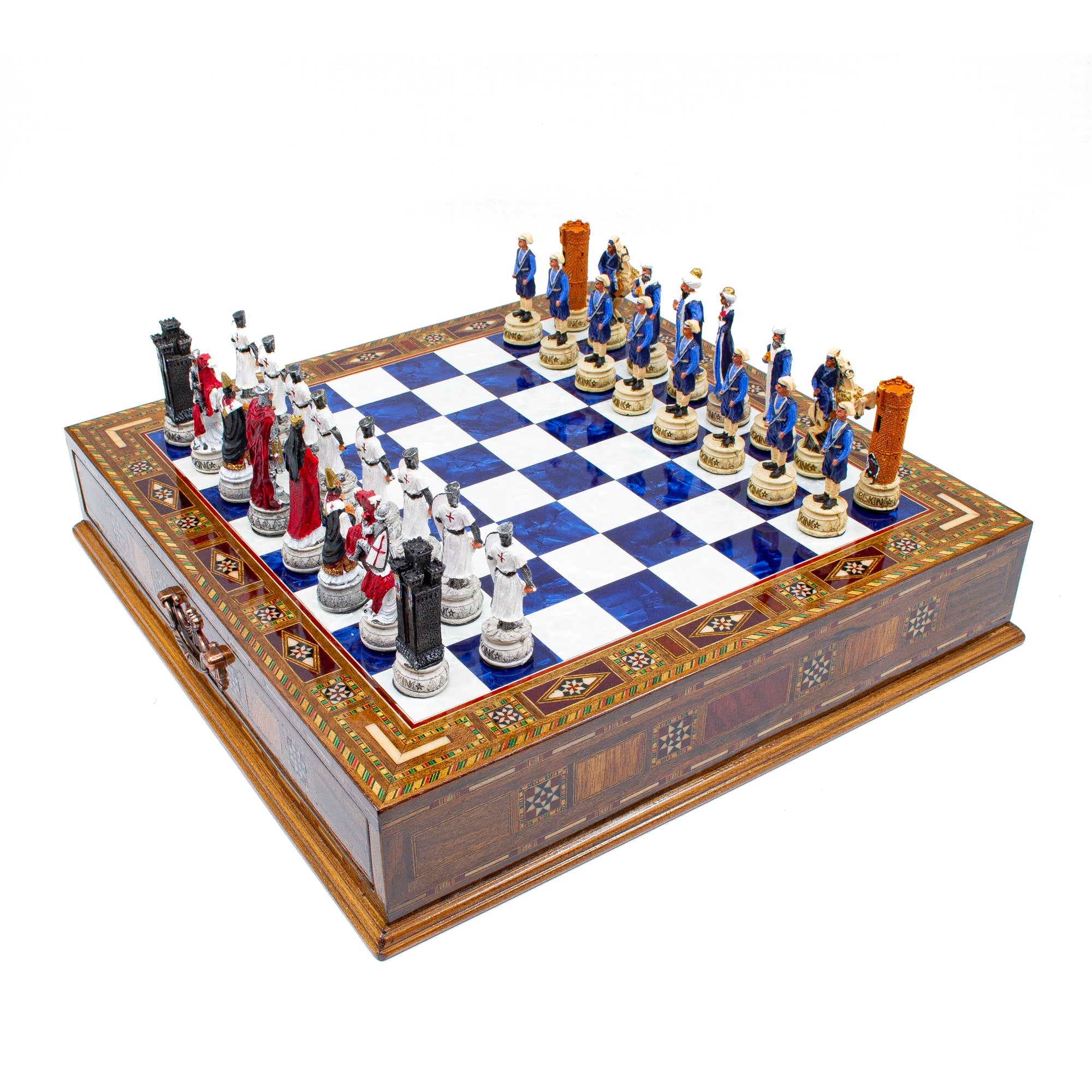
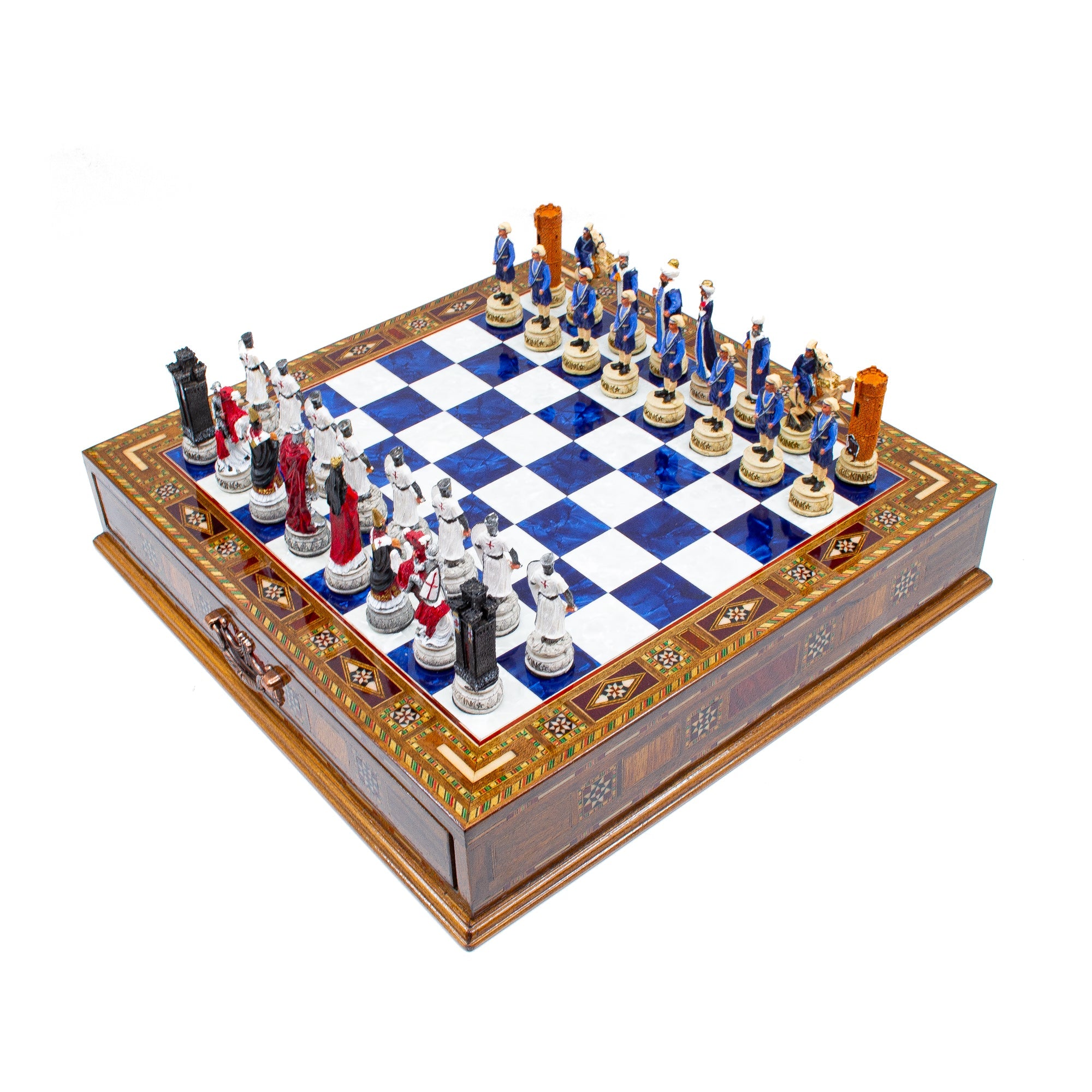
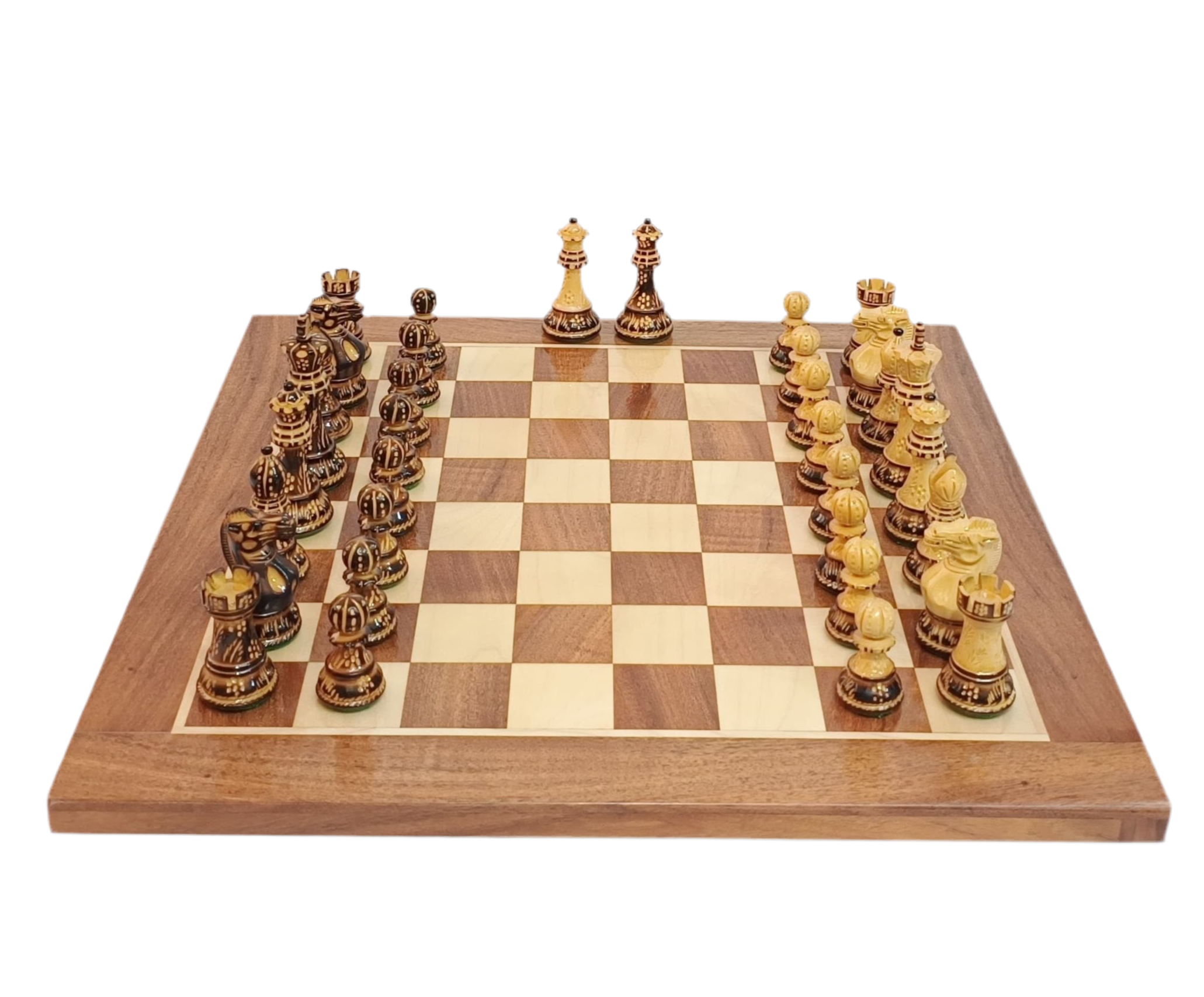
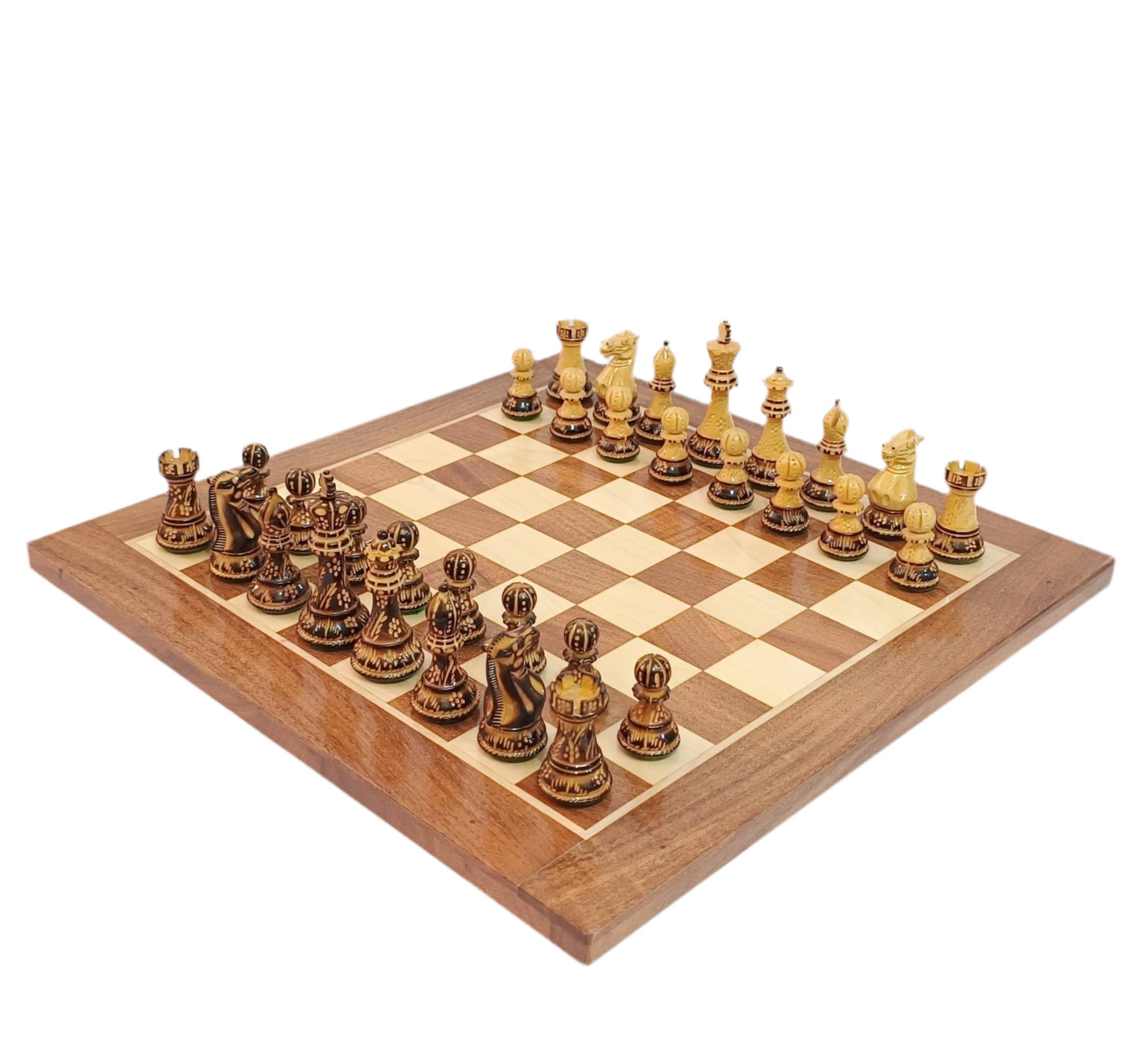
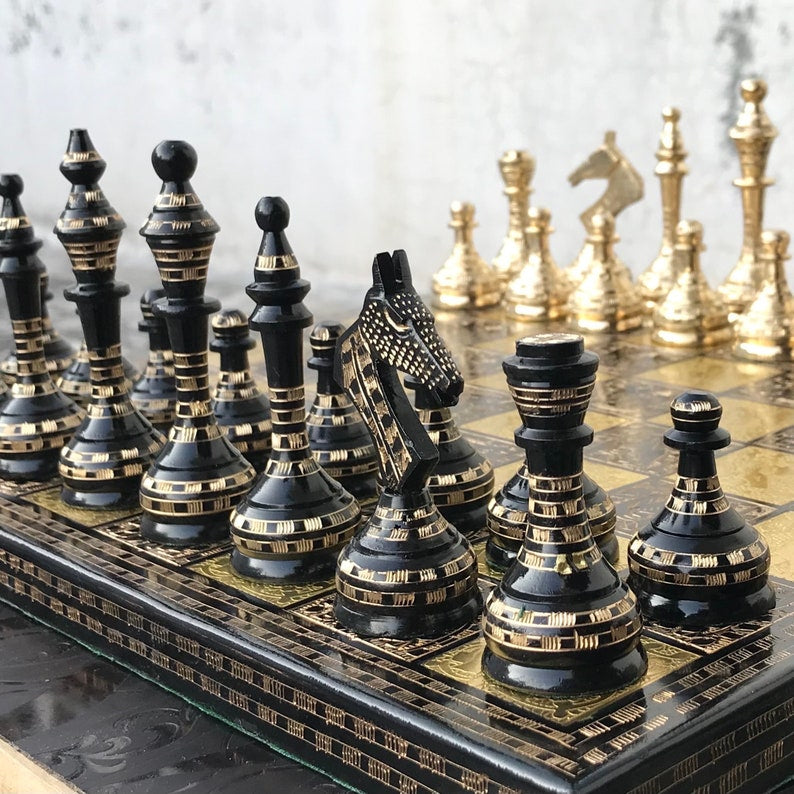
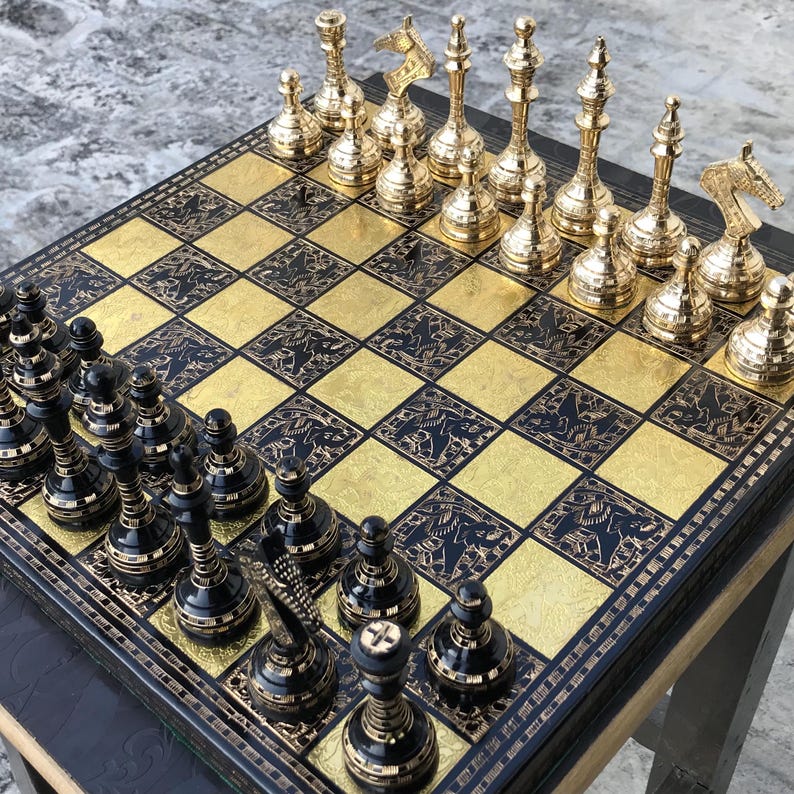



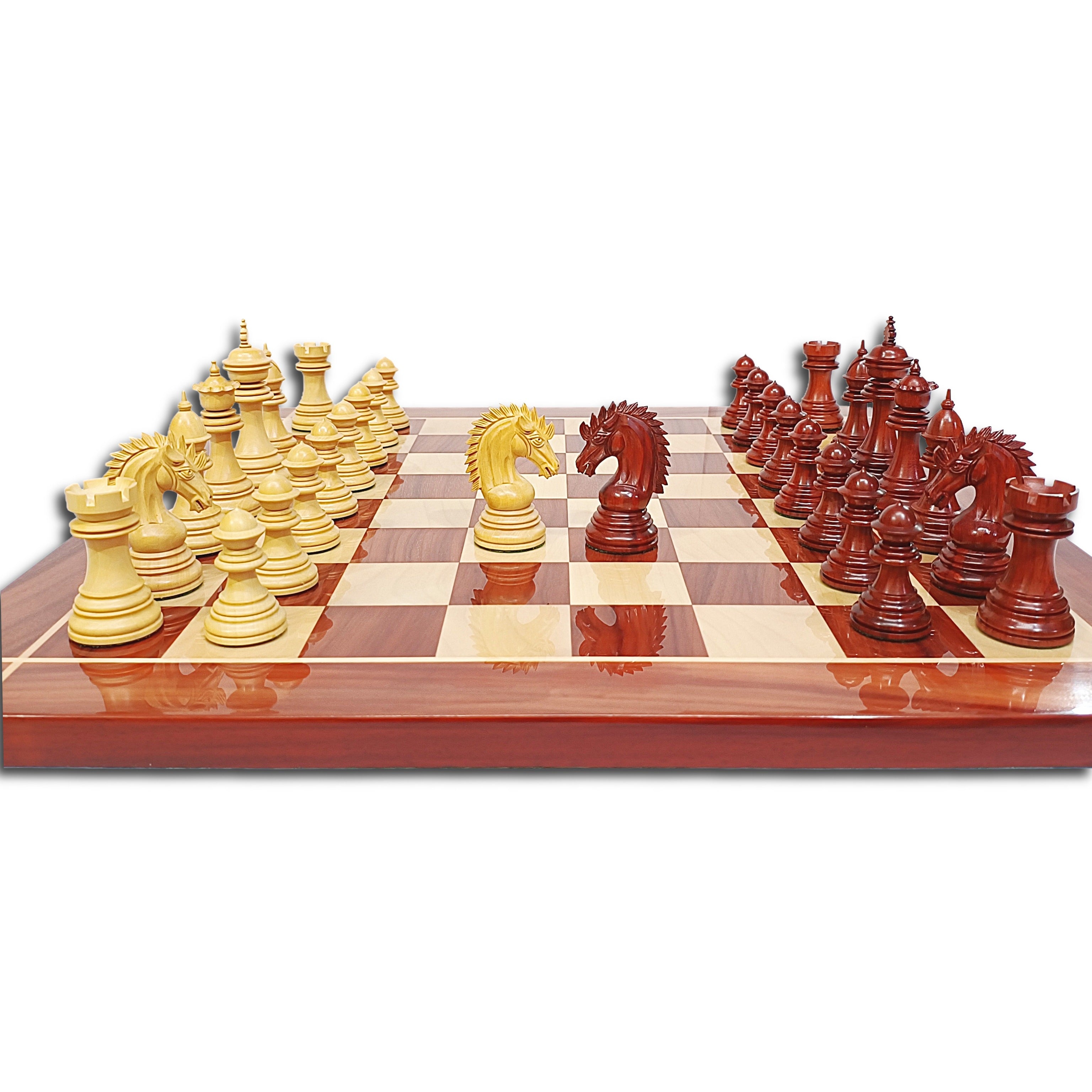
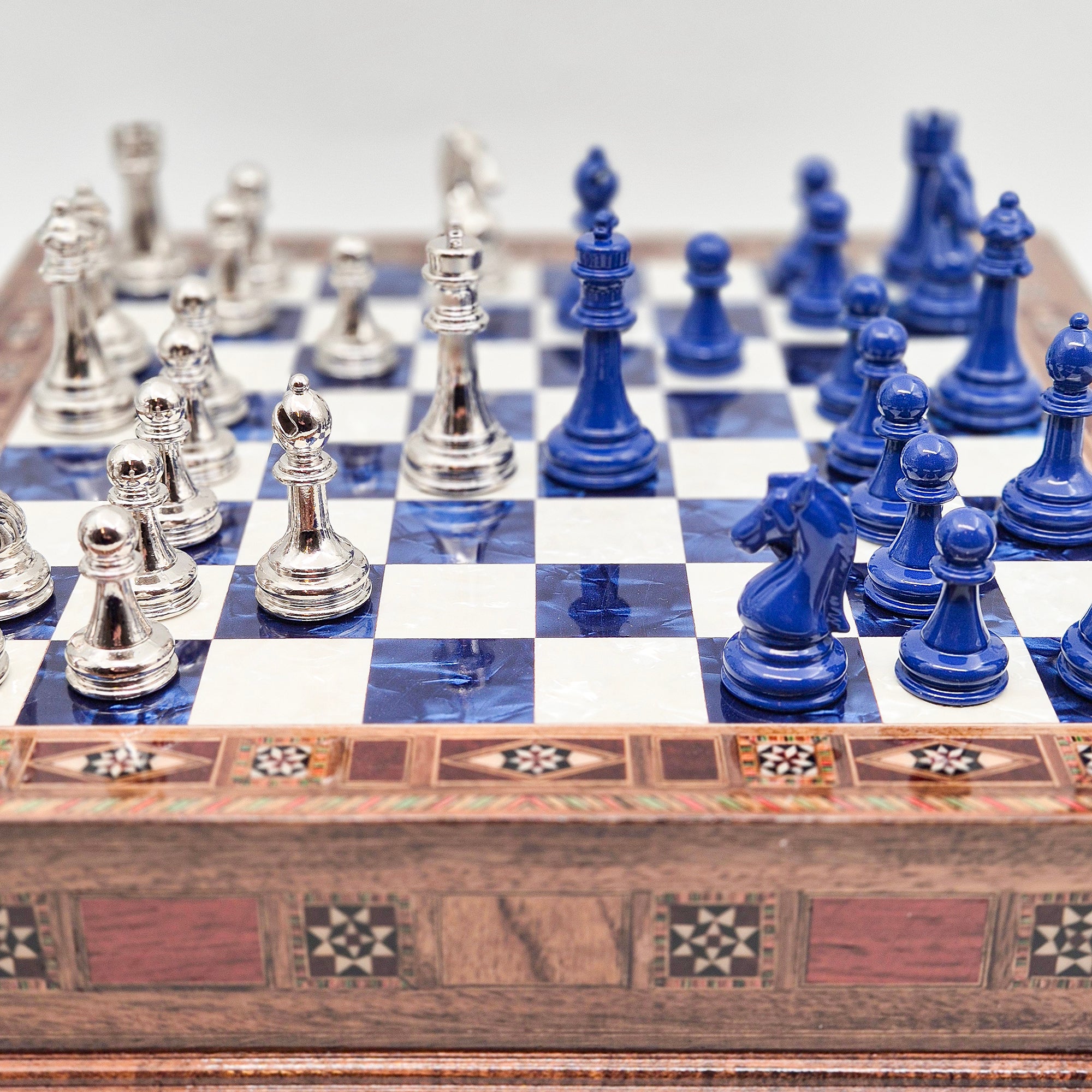
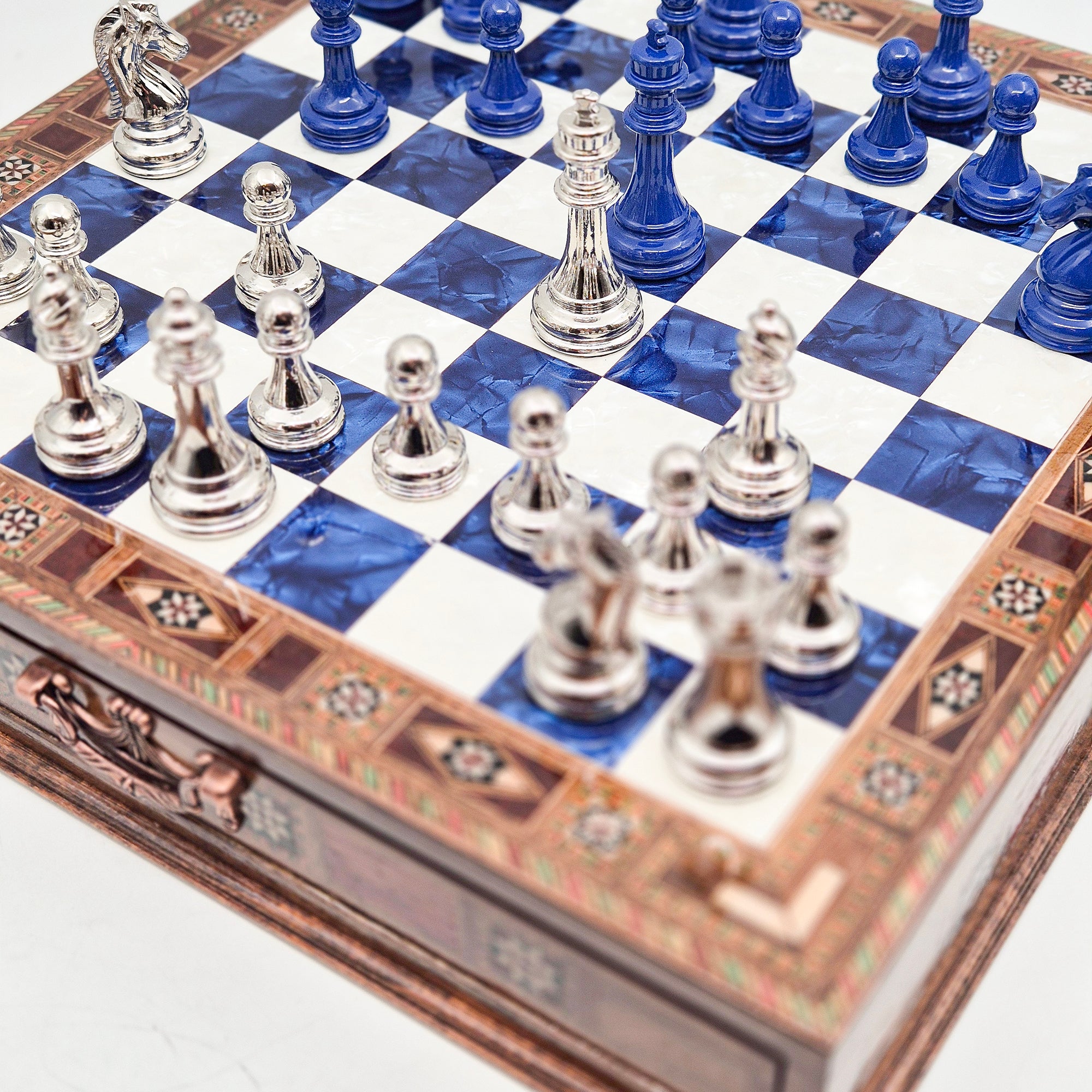
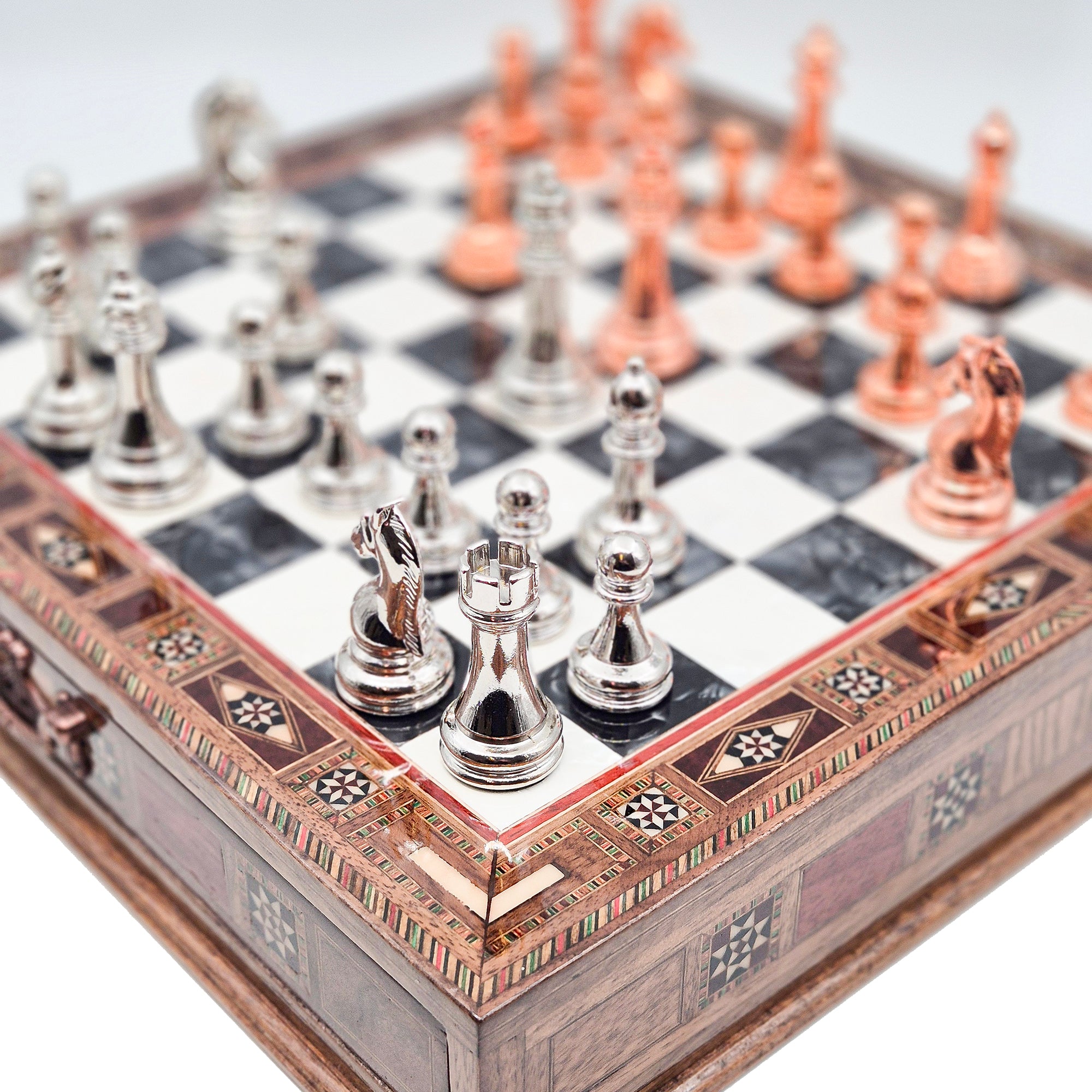
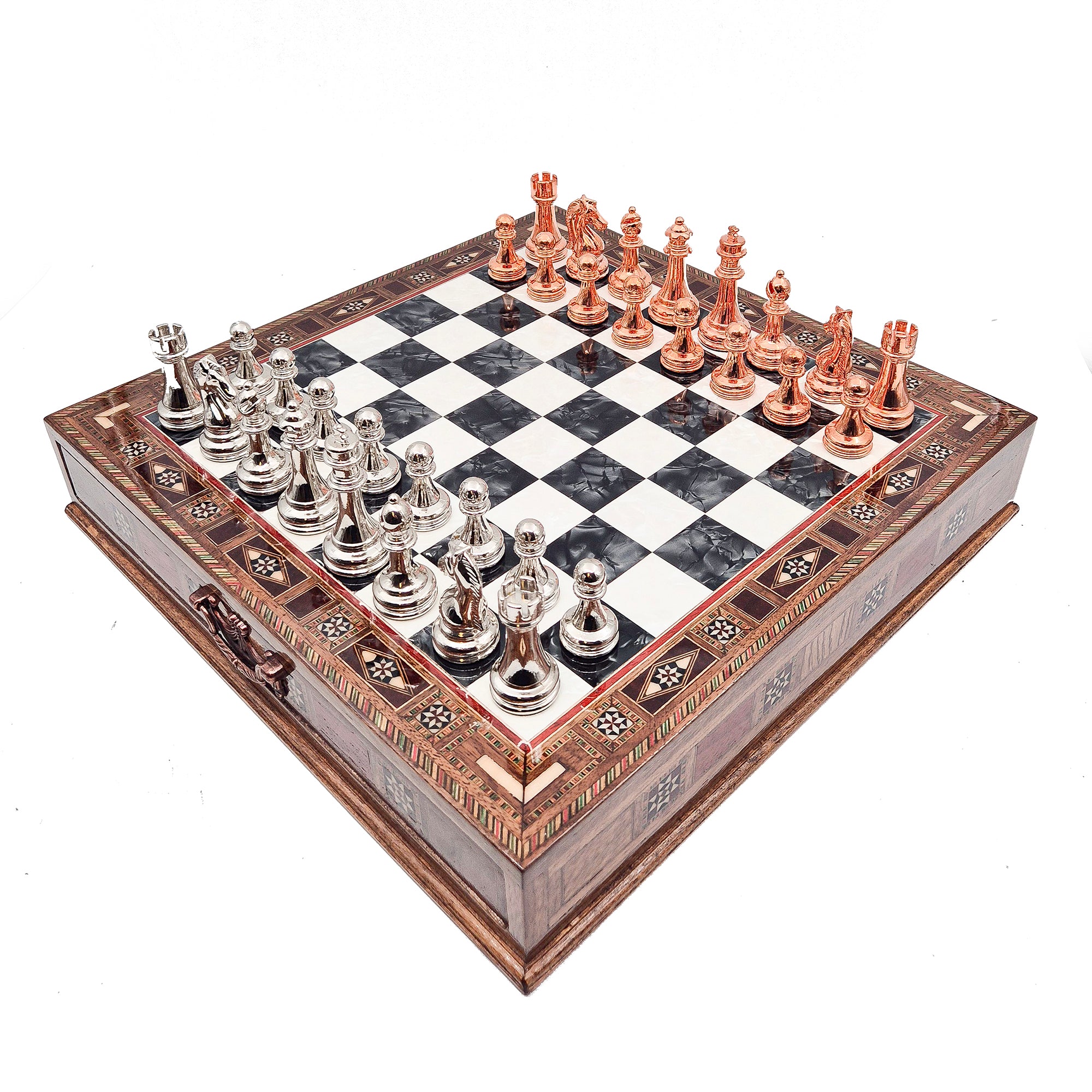
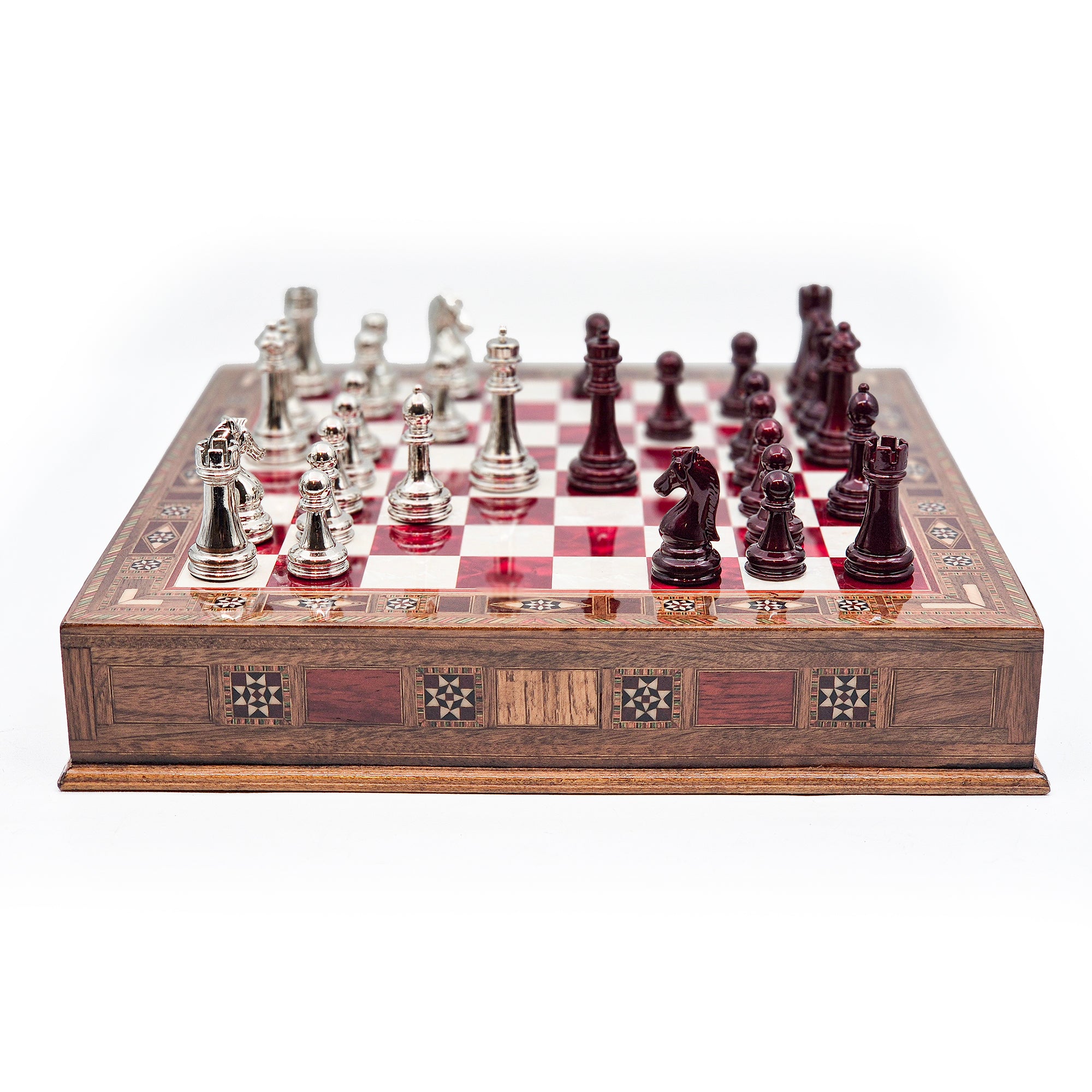
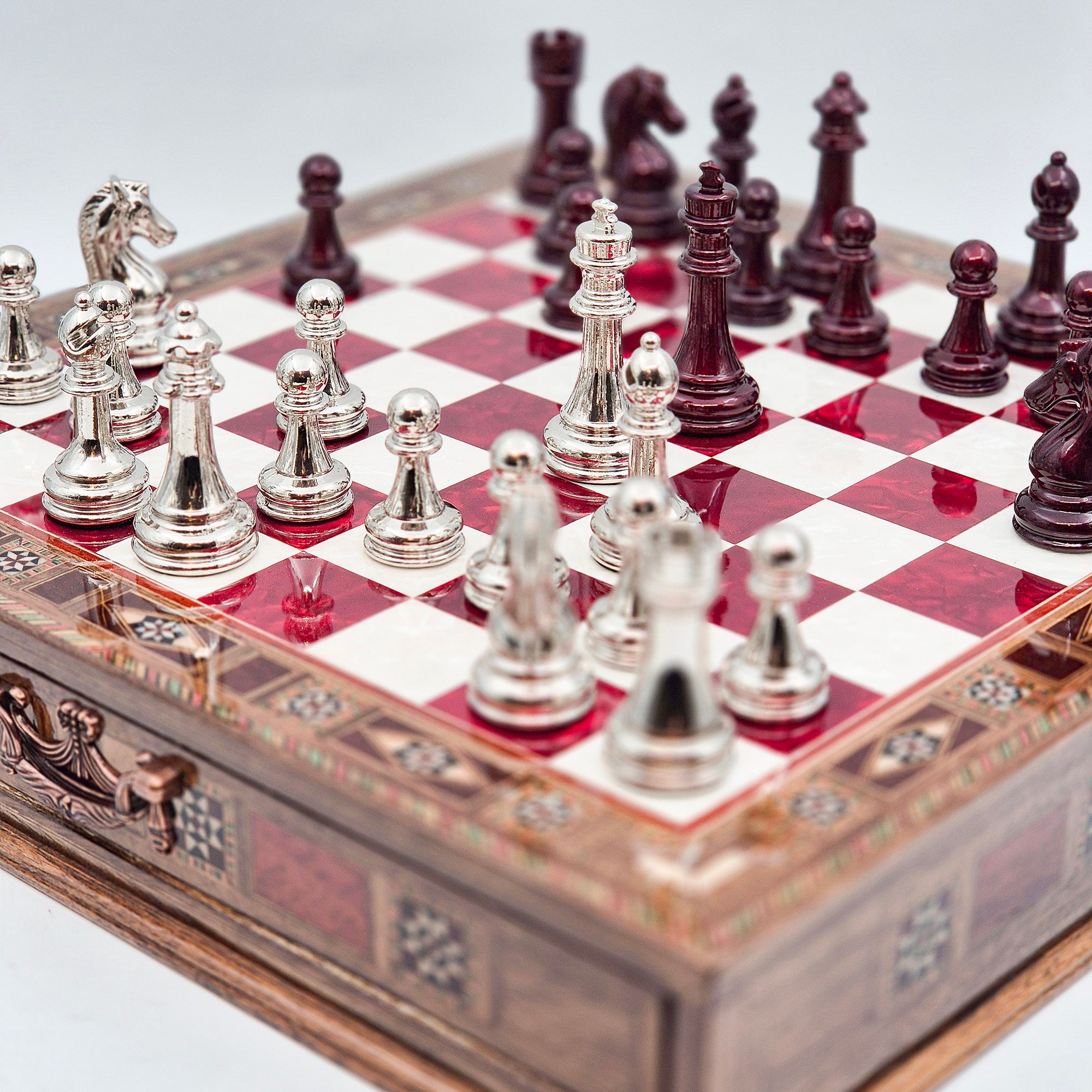
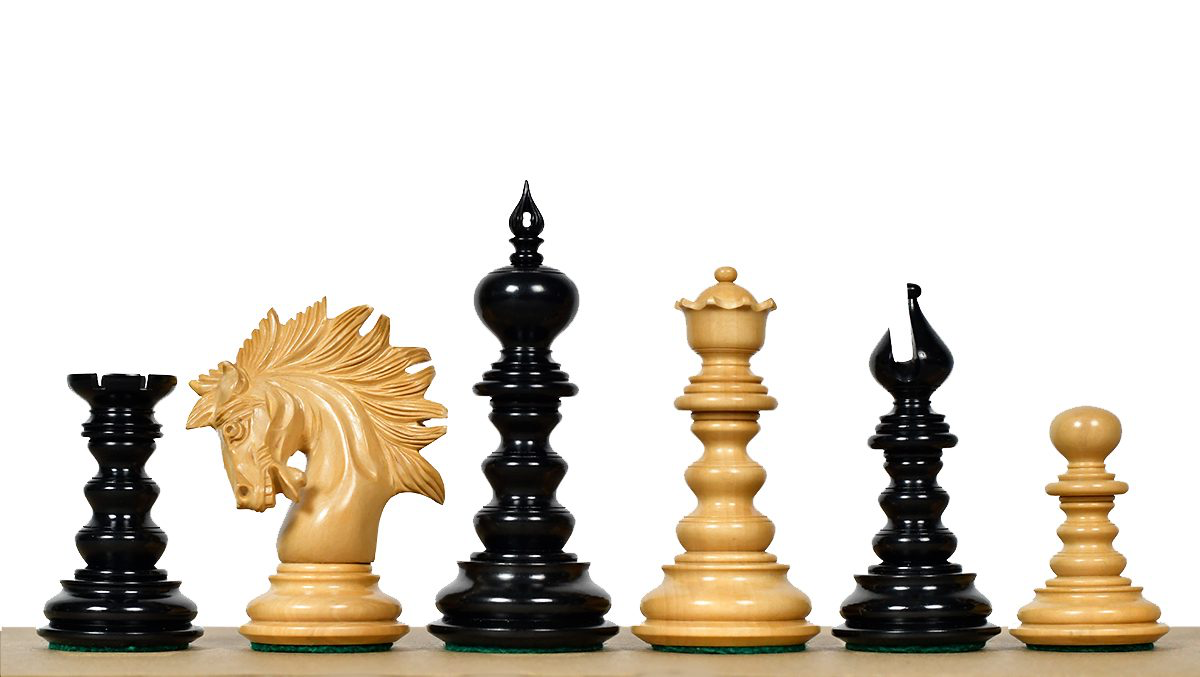
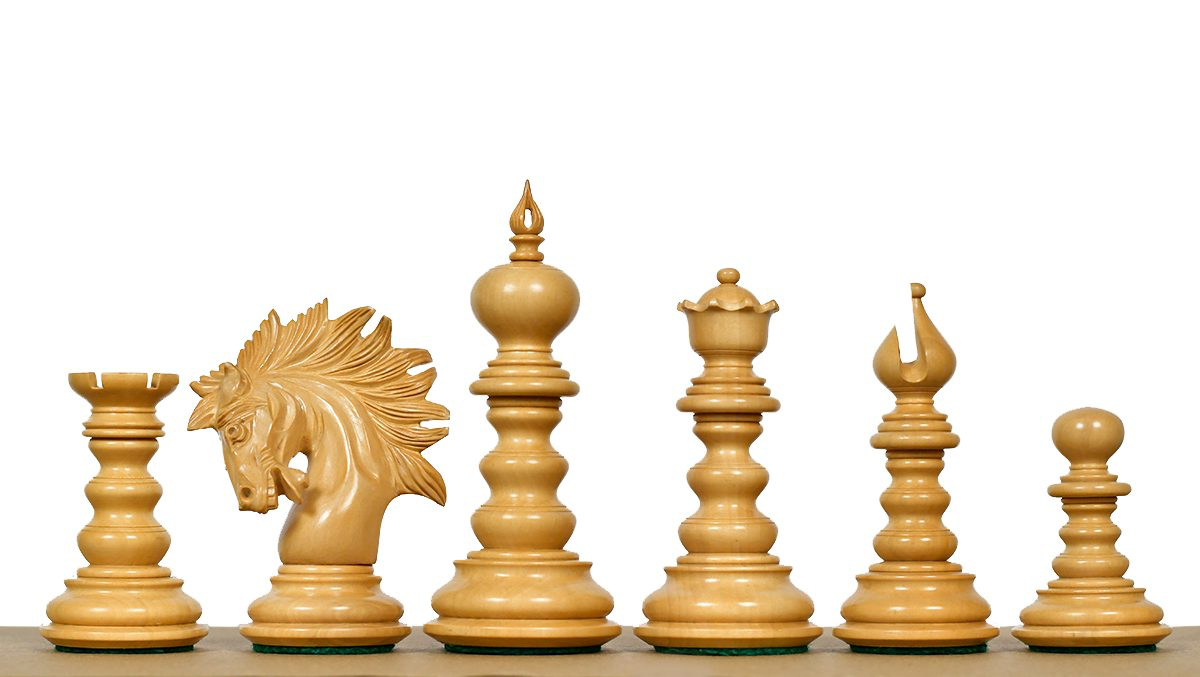
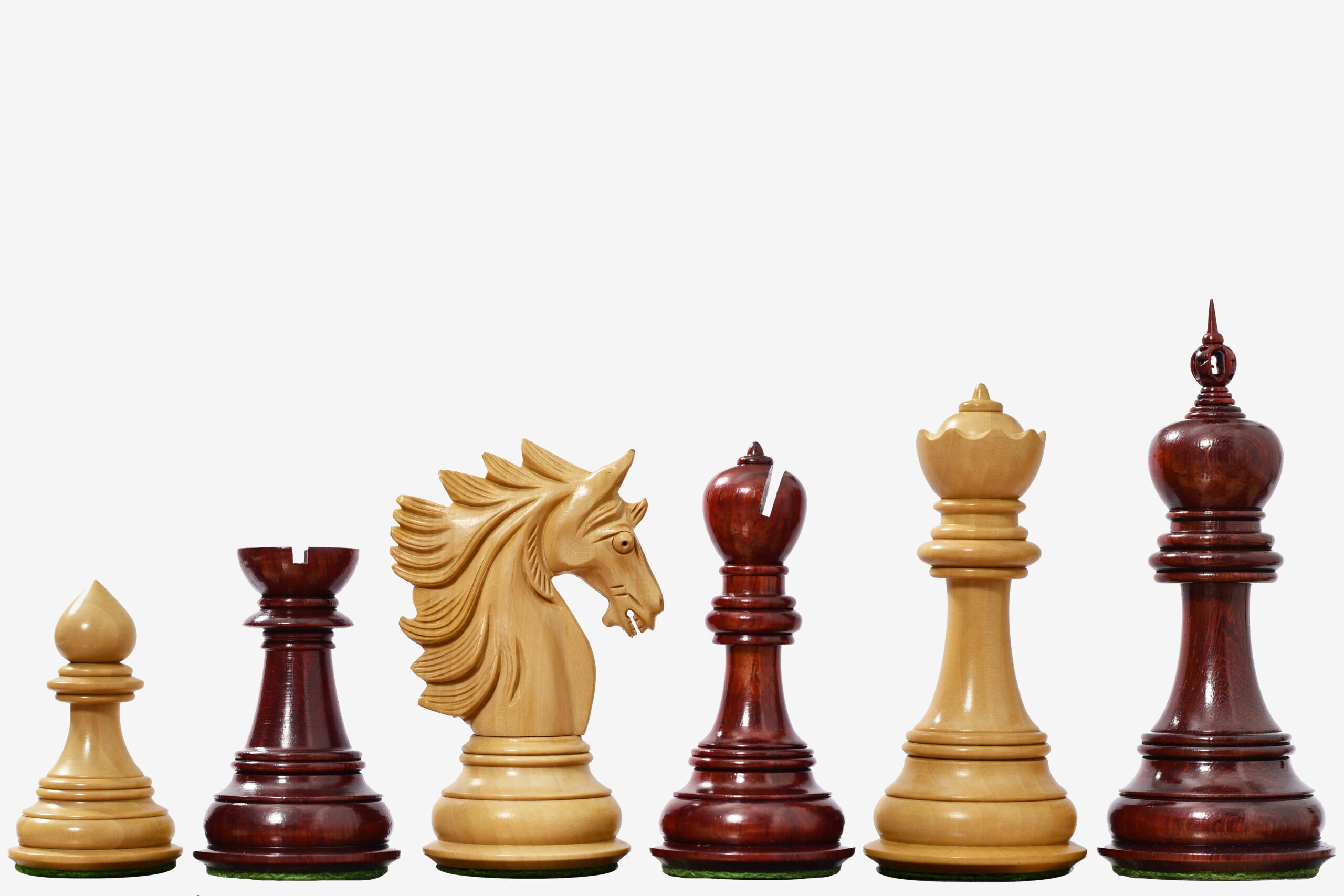
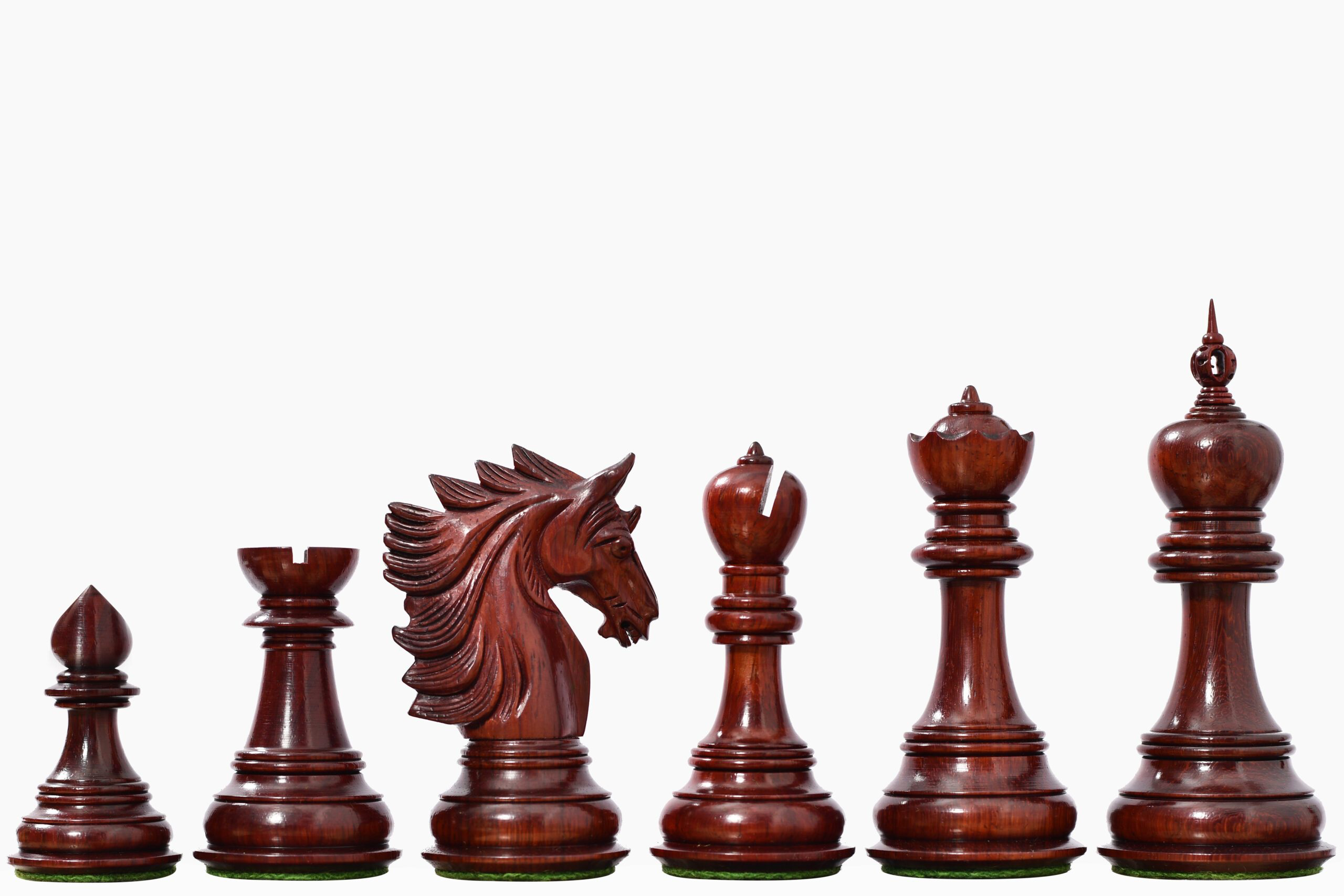

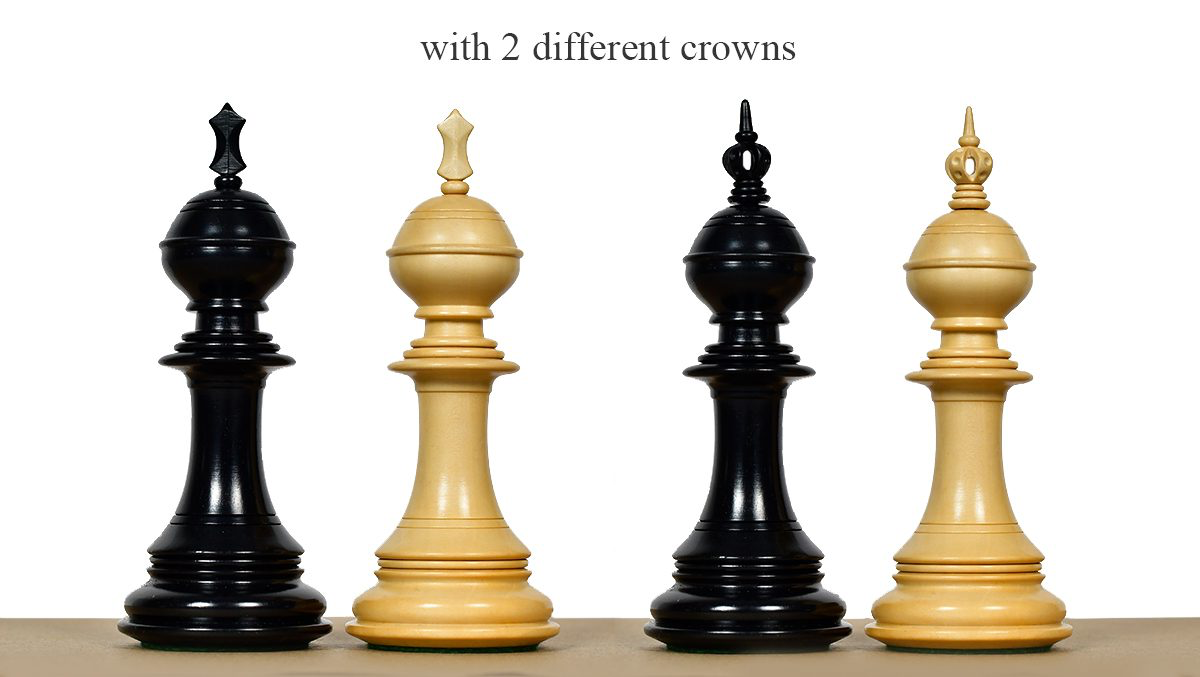
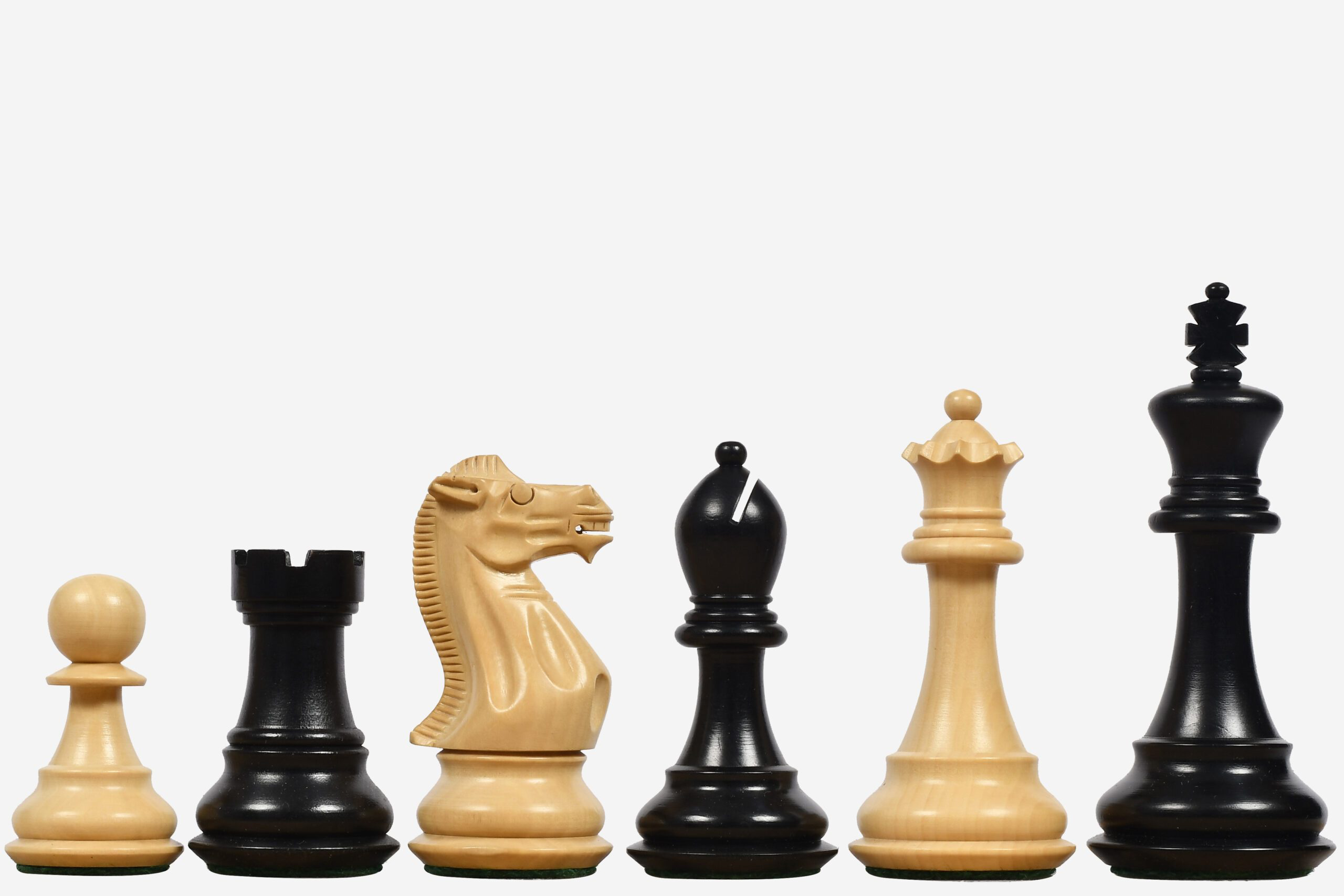
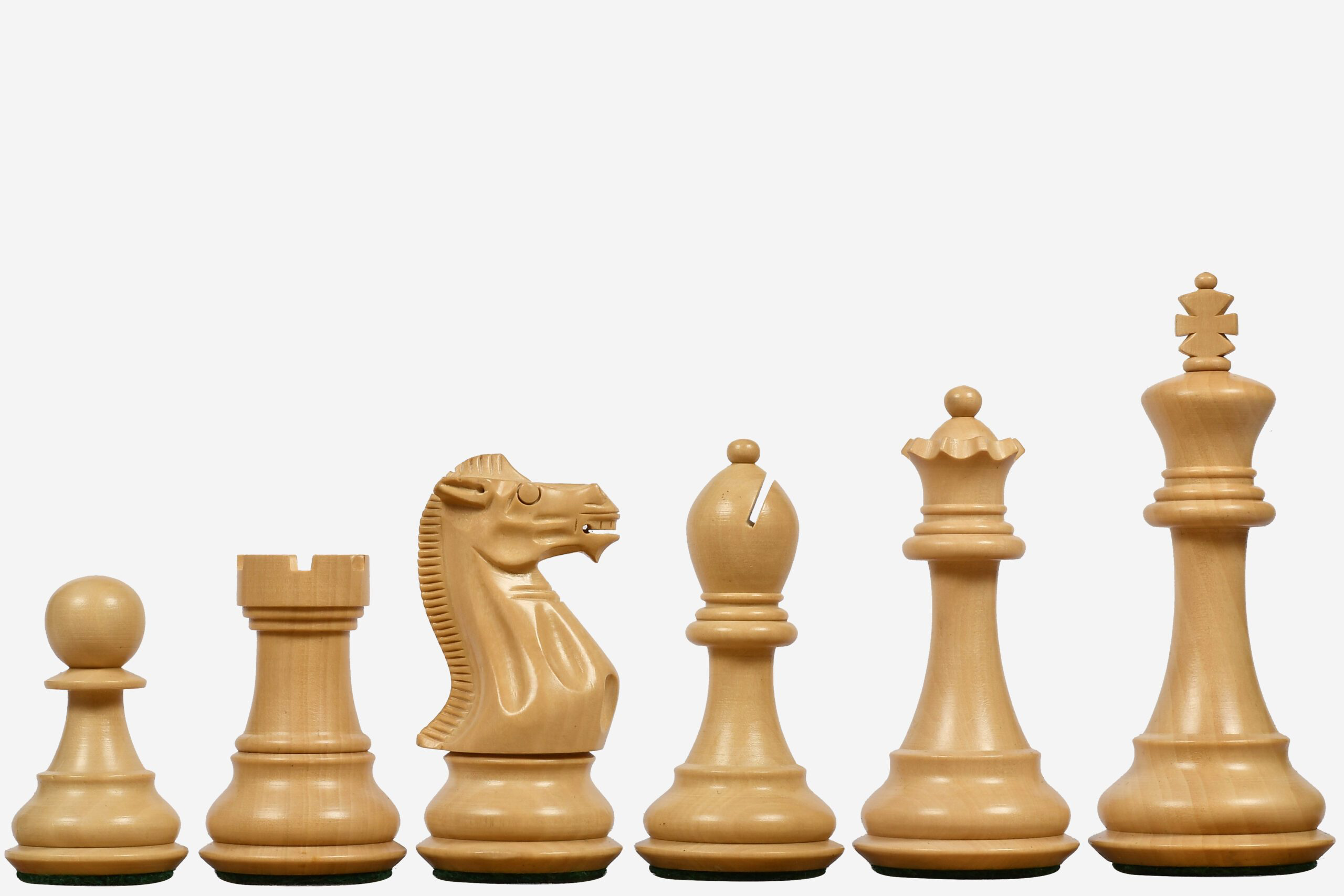


Leave a comment
All comments are moderated before being published.
This site is protected by hCaptcha and the hCaptcha Privacy Policy and Terms of Service apply.